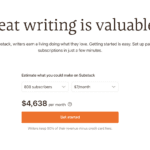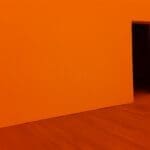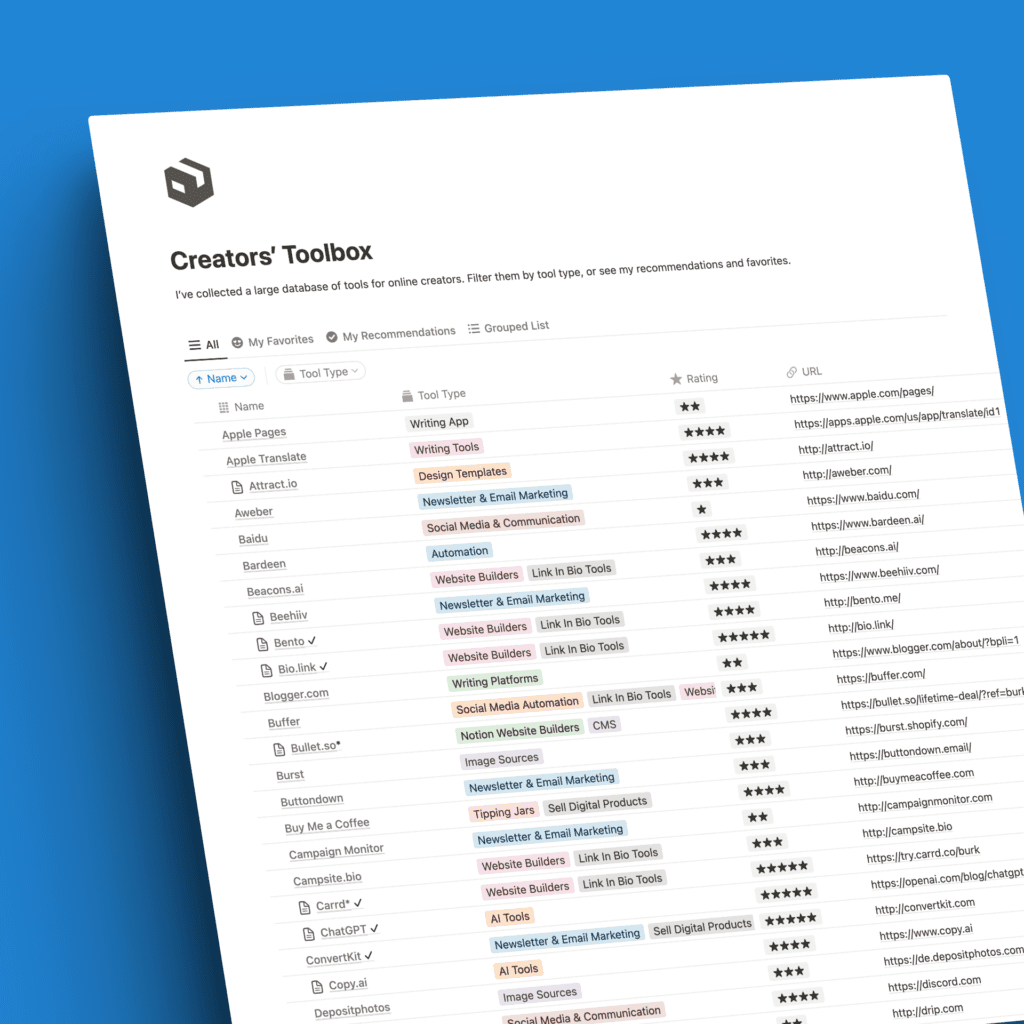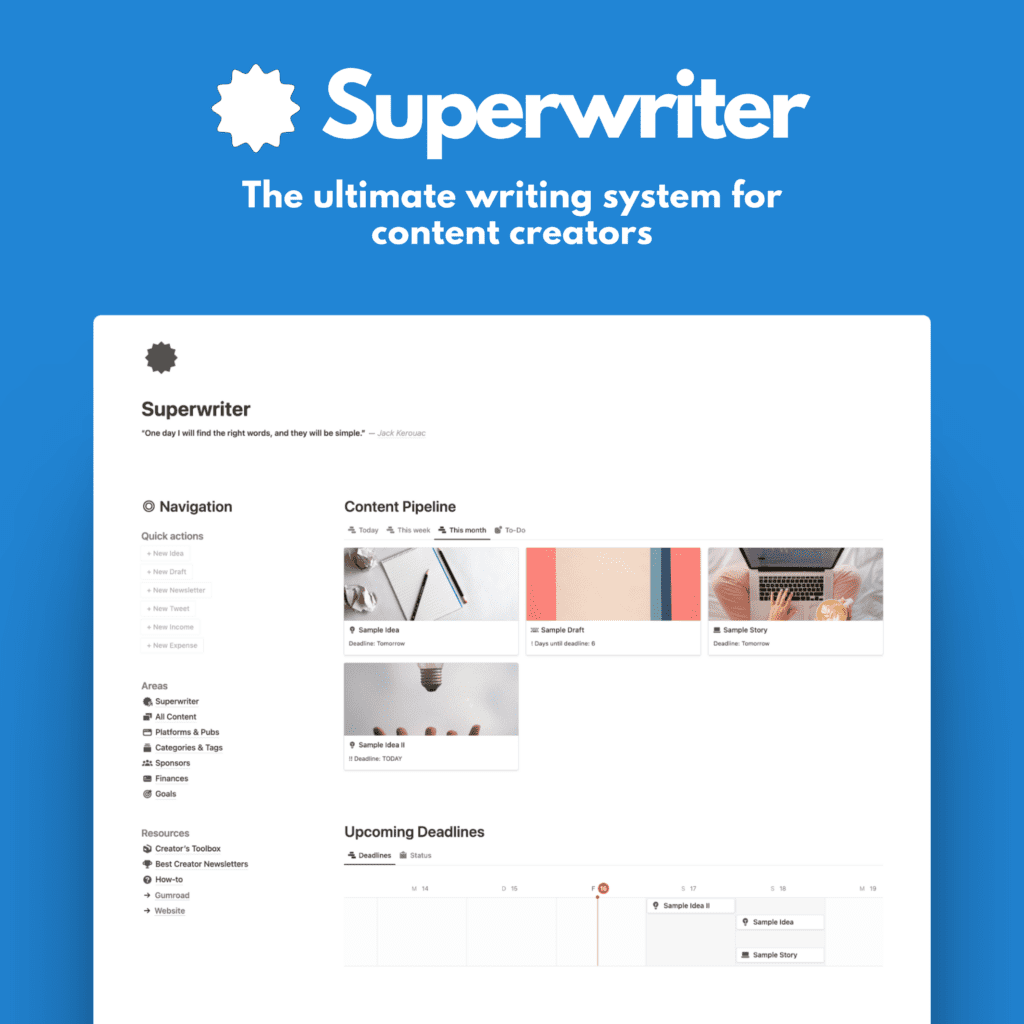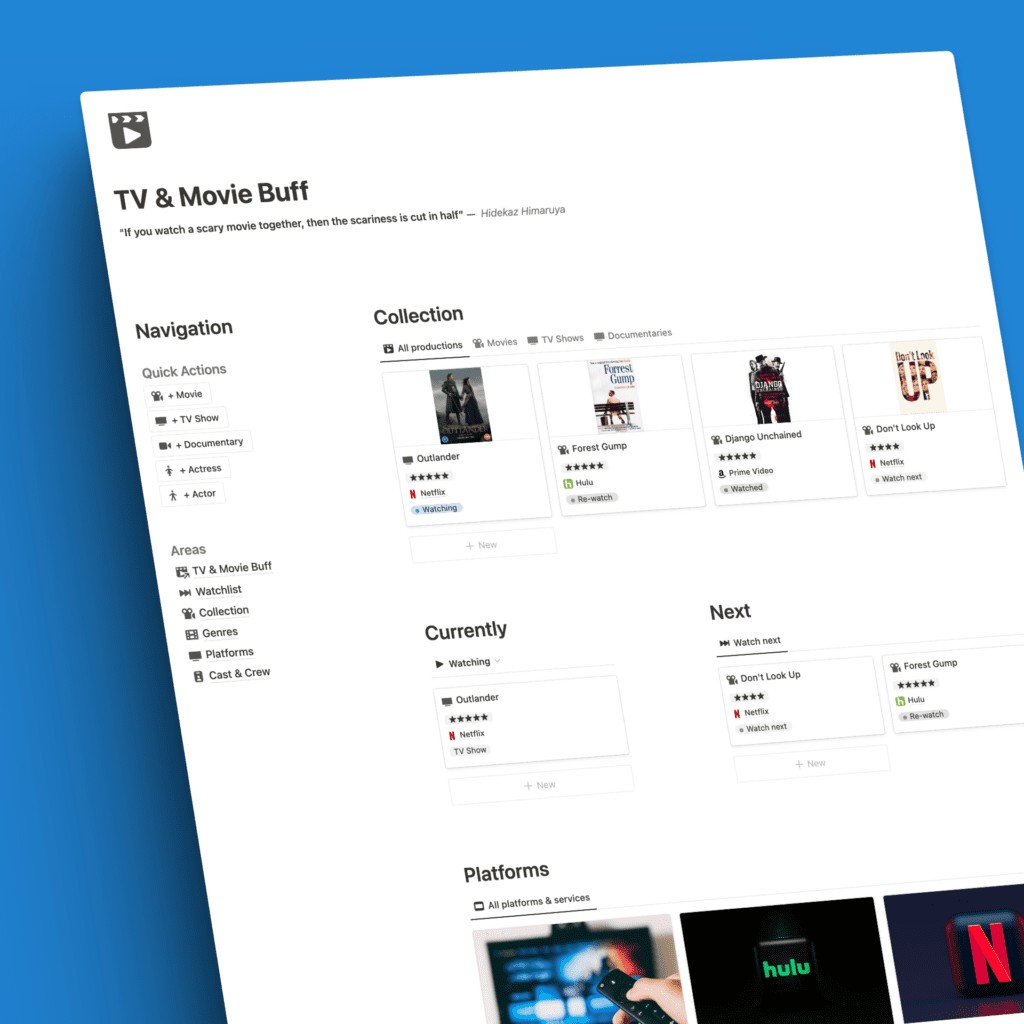Over the years, YouTube has heavily ramped up its efforts to drive users towards its Premium subscription service.
And it’s annoying, to say the least.
The platform is bombarding viewers and creators alike with an increasing number of ads, making the ad-free Premium experiences more enticing than ever before.
This aggressive push for Premium memberships has become a source of frustration for me and many others.
The Subtle Changes
Over the past years, YouTube has implemented subtle (and not-so-subtle) changes to its website and apps, primarily aimed at generating more revenue and promoting its Premium subscriptions. Of which we now have two.
From persistent banner ads urging users to sign up for a free trial to an overall increase in ad frequency, the platform’s tactics have become increasingly intrusive.
The Introduction of Premium Light
In a bid to capture a wider audience, YouTube somewhat recently introduced a new tier – Premium Light at €5.99.

This offering allows users to enjoy an ad-free experience at a lower cost than the traditional Premium membership.
However, it comes with limitations, such as the inability to download videos for offline viewing or access to YouTube Originals.
This is reserved for the now more expensive Premium plan at €12.99 a month.
But this is only the surface-level change. What lies beneath is a much more impactful one.
The Not-So-Subtle Changes
YouTube Ads Increase: Shorter Video Thresholds
One of the most significant changes implemented by YouTube is the reduction of the video length threshold for displaying multiple ads.
Previously (over a year ago), creators could insert multiple ads in videos exceeding 10 minutes.
Now, that threshold has been lowered to 8 minutes, resulting in an increased number of ads for viewers, even on shorter videos.
And you can insert as many ads as you want in those 8 minutes. I’ve seen crazy people put one in every 30 seconds.
That’s just madness.
YouTube Ads Increase: Non-Partner Channels
Perhaps the most controversial change (in my opinion) is YouTube’s decision to display ads on videos from non-partner channels.
This means that even creators who have not yet met the requirements for the AdSense partner program (1000 subscribers and 4000 hours of watch time within 12 months or the other requirements for short video content) will have ads on their videos, with the revenue going directly to YouTube – not the creators themselves.
This aggressive push for Premium memberships, coupled with the YouTube ads increase, should have resulted in a much larger backlash than I’ve experienced so far.
I am sure, many viewers are frustrated and annoyed by the constant barrage of ads, while smaller creators feel exploited, as they must endure ads on their videos without receiving any compensation for those.
The Bottom Line
While YouTube Premium and Premium Light seem to offer appealing ad-free experiences and additional features, the platform’s tactics to drive subscriptions have become increasingly aggressive and intrusive.
And I am not so sure that this large increase is really benefitting creators (especially small ones) all that much.
The YouTube ads increase, coupled with the lack of compensation for non-partner creators, should leave users feeling frustrated and exploited.
I don’t see Google changing this soon, though. If anything, they’d rather further increase the number of ads.
It seems to be working.



